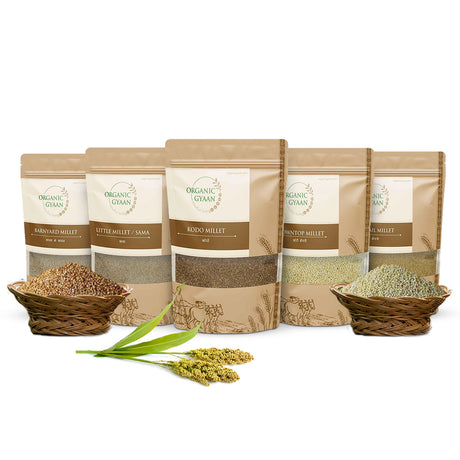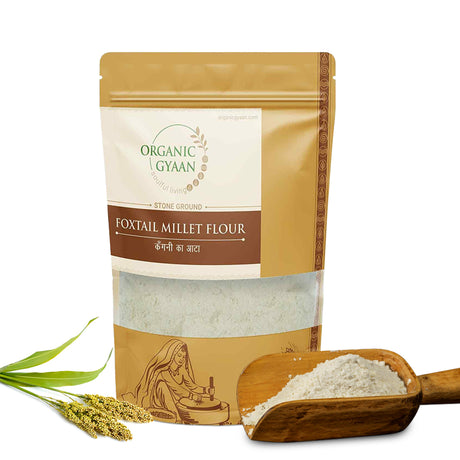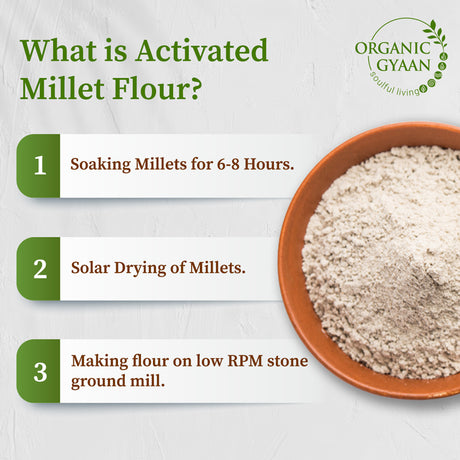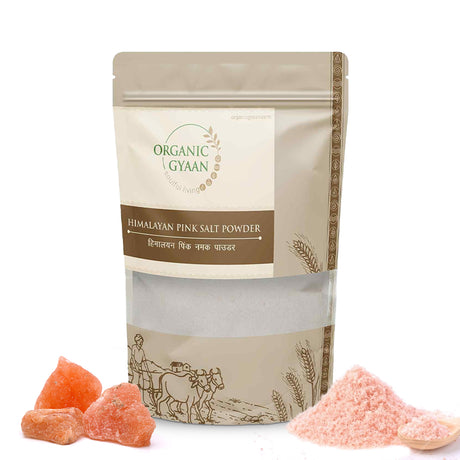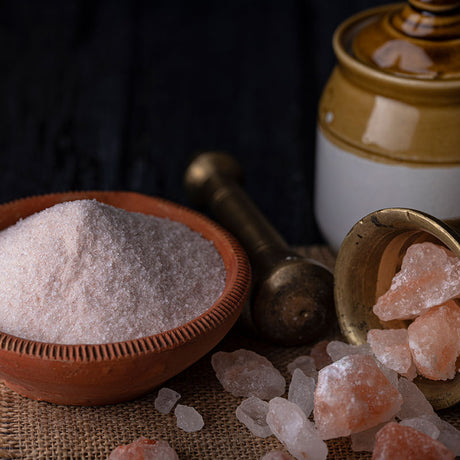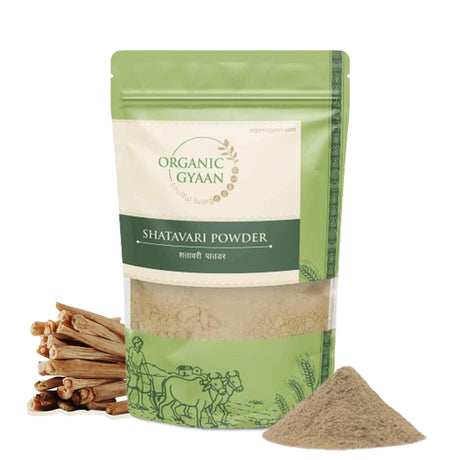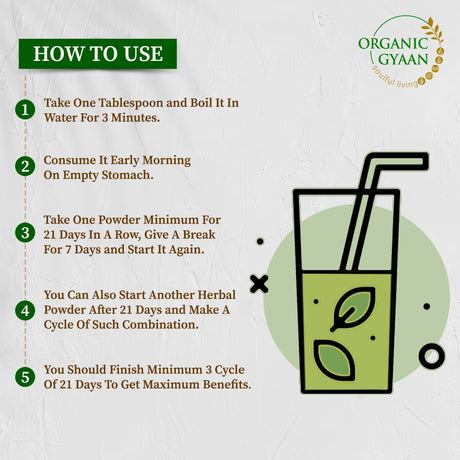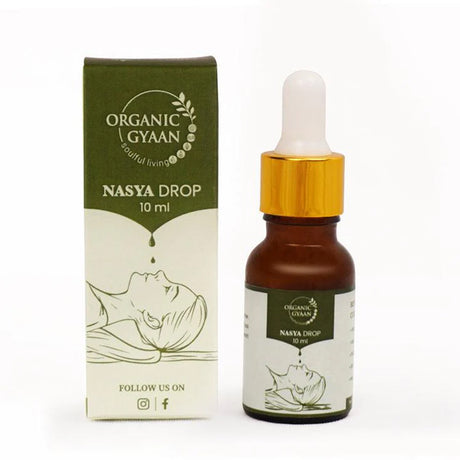If you’ve just been diagnosed with type 2 diabetes, the first question that probably comes to mind is: “What now?” The good news is that effective treatment doesn’t always mean relying solely on medication. In many cases, making consistent lifestyle changes - supported by natural remedies - can have a big impact on controlling your blood sugar levels and preventing long-term complications.
Type 2 diabetes treatment focuses on keeping your blood sugar within a healthy range while improving overall health. This includes eating a balanced diet, staying physically active, managing stress, getting enough sleep, and monitoring your blood sugar regularly. By following these steps and making small but steady adjustments, you can keep your glucose stable, reduce the risk of nerve or kidney damage, and enjoy better quality of life.
1. Understanding Type 2 Diabetes Symptoms
Before diving into treatment, it’s important to recognize type 2 diabetes symptoms. These include frequent urination, excessive thirst, unexplained weight changes, blurred vision, slow-healing wounds, and fatigue. Some people also notice numbness or tingling in their hands or feet.
Being aware of these symptoms early can help you and your healthcare provider take timely action. Often, symptoms develop gradually, which is why many people are unaware they have diabetes until complications arise. This makes regular blood sugar testing even more important, especially if you’re at risk.
2. Healthy Eating for Blood Sugar Control
Diet is at the heart of type 2 diabetes treatment. What you eat - and how you combine foods - plays a major role in your blood sugar levels. A balanced plate should include:
- High-fiber carbs like millets, quinoa, and legumes
- Protein-rich foods such as lentils, tofu, and nuts
- Healthy fats like avocado, flaxseeds, and cold pressed oil
By focusing on whole, unprocessed foods, you help your body absorb glucose more slowly, preventing sudden spikes. Eating smaller, balanced meals throughout the day can also stabilize energy and keep cravings in check.
3. Choose Low-Glycemic Carbs
One of the simplest but most effective changes is switching from high-glycemic index (GI) foods to low-GI alternatives. High-GI foods like white rice, white bread, and sugary snacks cause rapid blood sugar spikes followed by crashes.
Instead, opt for lower-GI options like foxtail millet, quinoa, or brown rice. These foods release energy gradually, keeping blood sugar steady and providing lasting energy. Making these swaps consistently can improve your long-term glucose control and help avoid the highs and lows that affect your mood and energy.
4. Stay Active Every Day
Physical activity helps your body use insulin more efficiently, allowing glucose to move from your blood into your cells for energy. This means your blood sugar naturally drops after exercise.
Aim for at least 30 minutes of moderate activity like brisk walking, cycling, or swimming on most days. Simple habits like taking the stairs, doing household chores, or going for a walk after meals can make a noticeable difference. Strength training twice a week can also help build muscle, which burns more glucose even at rest.
5. Eat Fermented Foods
Fermented foods are rich in probiotics - beneficial bacteria that support a healthy gut. Research shows that good gut health plays a big role in regulating blood sugar, improving digestion, and reducing inflammation.
Include homemade curd, kefir, fermented vegetables like sauerkraut, or traditional Indian recipes like ambali - a fermented millet drink known for its cooling and digestive benefits. Regularly consuming these foods can help your body process glucose more effectively while also boosting immunity.
6. Manage Stress for Better Glucose Control
When you’re stressed, your body releases cortisol and adrenaline - hormones that signal your liver to release more glucose into your bloodstream. Over time, chronic stress can keep your blood sugar elevated, even if your diet and exercise are on track.
Daily stress management techniques like meditation, deep breathing, gentle yoga, or even 10 minutes of quiet reading can help. The key is to find activities that calm your mind and make them part of your routine.
7. Get Enough Quality Sleep
Poor sleep doesn’t just make you tired - it can make your body less responsive to insulin, leading to higher blood sugar levels. It can also increase cravings for high-carb, sugary foods.
Aim for 7–9 hours of restful sleep each night. Keep your bedroom cool and dark, avoid heavy meals before bed, and limit screen time at least an hour before sleeping. Good sleep is one of the most underrated tools for managing diabetes naturally.
8. Maintain a Healthy Weight
Even a modest weight loss of 5–7% of your body weight can significantly improve insulin sensitivity and help control blood sugar. The goal is to focus on sustainable, gradual changes - not extreme crash diets.
Pair a nutrient-rich diet with regular activity, and track your progress with non-scale victories like improved energy levels, better sleep, or fewer cravings. Over time, these small wins lead to lasting results for your blood sugar and overall health.
9. Use Natural Remedies for Support
Certain natural foods and herbs have been traditionally used to support healthy blood sugar levels. For example:
- Neem powder – Helps improve glucose metabolism
- Moringa powder – Supports insulin function
- Jamun powder – Rich in compounds that help control sugar
- Giloy powder – Known for boosting immunity and regulating metabolism
- Karela (bitter gourd) powder – Contains compounds that mimic insulin
These can be incorporated into your diet in small amounts after consulting your healthcare provider.
10. Monitor Your Blood Sugar Regularly
Finally, regular monitoring helps you understand how your lifestyle choices affect your blood sugar. Track your readings at different times - fasting, after meals, and before bed - to spot patterns.
This feedback lets you adjust your meals, activity levels, and daily habits quickly, preventing long-term spikes and dips.
Conclusion
Type 2 diabetes treatment is not just about controlling numbers - it’s about creating a lifestyle that supports long-term health and energy. By choosing low-GI carbs, adding fermented foods like ambali, staying active, managing stress, and maintaining a healthy weight, you can keep your blood sugar in check naturally.
Every small step counts. Whether it’s swapping white rice for millet, enjoying a probiotic-rich drink, or taking a short walk after lunch, these daily habits build a strong foundation for your health. With consistency and awareness, you can live well with type 2 diabetes - and even prevent its complications.

